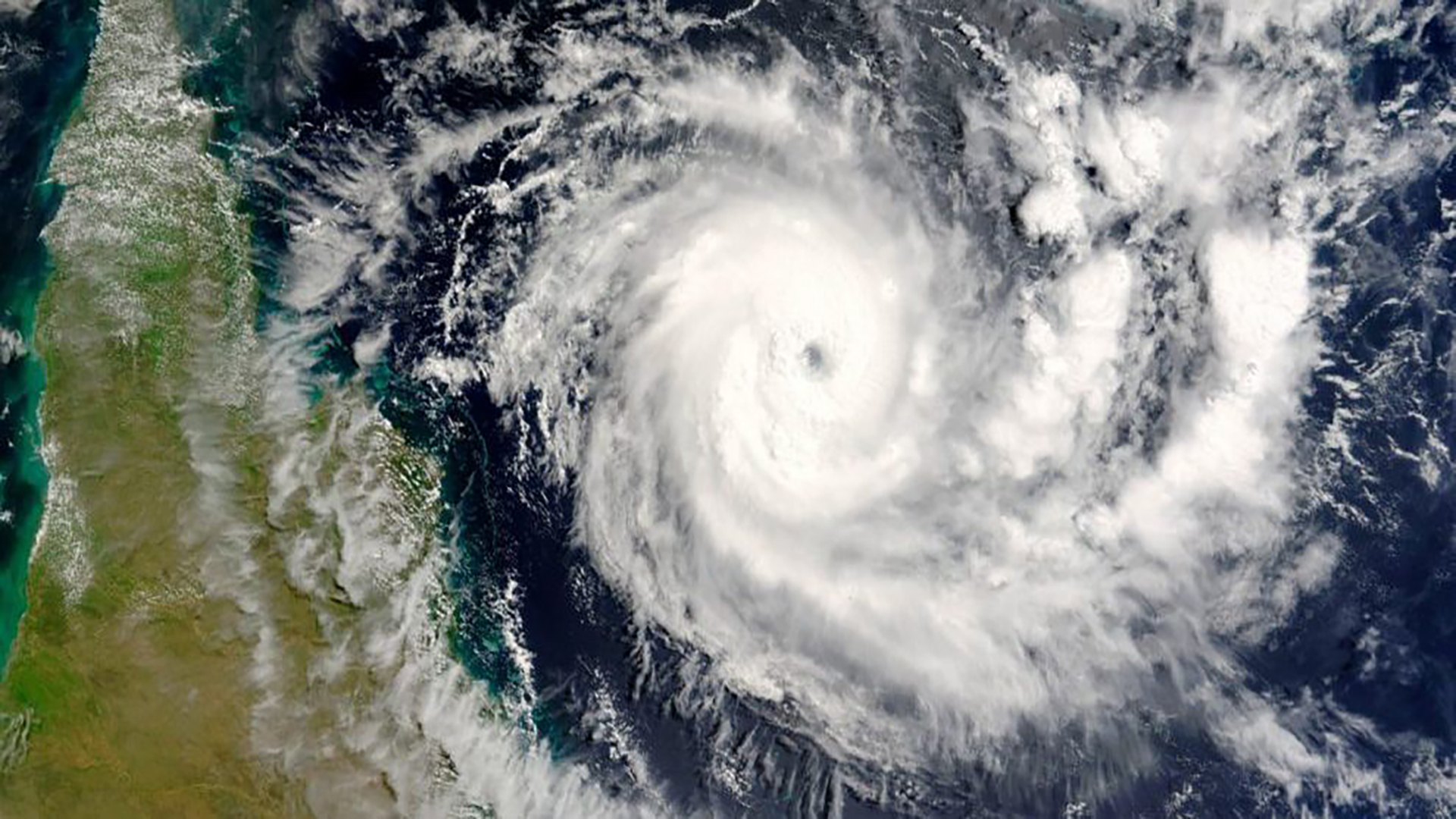Weather intelligence for the future: Crafting a strategic enterprise approach to changing environmental conditions
Continue readingLast week saw a big day at The Weather Company. The team kicked off the very last run of the RPM model, bringing an end to one of the most successful and impactful weather technologies and products from The Weather Company, nee WSI.
The Rapid Precision Model (RPM) has been a cornerstone of our forecasting capabilities and our products for nearly two decades. RPM produced groundbreaking science, technology and products in its own understated, behind-the-scenes manner.
RPM represented many “world’s first” innovations. It was:
- The first operational implementation of the WRF model (2004)
- The first operational model to explicitly predict convection and thunderstorms (2007)
- The first operational global implementation of the WRF model (2010)
- The first model that TV stations and The Weather Channel network used routinely to show “Future Radar” types of products.
In fact for the past 15 years, nearly every time you have seen a “Future Radar”-type product on television, our digital properties, or elsewhere, there was a good chance that you were looking at content enabled by RPM. Prior to that it was thought to be crazy – almost heresy – to even consider using a model’s output directly in a TV weathercast. But with RPM, meteorologists learned a new and compelling way to tell the weather story to viewers, now considered second nature to many of us.
Until recently, RPM also served as the foundational basis of The Weather Company’s current weather conditions (aka: CoD, or currents on demand) and short-term forecasts (aka: FoD, or forecasts on demand), and has enabled aviation forecasts for tens of thousands of flights every day around the world.
While RPM has served us extraordinarily well, it was time to adopt new science to continue our tradition of numerical weather prediction (NWP) leadership at The Weather Company. About four years ago, we decided to move on from RPM and begin focusing on our next-gen model, GRAF. Announced in 2019, GRAF uses new modelling science that will better enable us to remain on the cutting edge of creating NWP for our business and customers for the decades ahead.
RPM and GRAF have helped contribute to making The Weather Company the world’s most accurate forecaster overall, according to ForecastWatch. Our industry-leading accuracy is due in part to our investment in helping advance global forecasting through continued innovations in NWP, AI, data and cloud computing. Our AI-enabled forecasting engine integrates nearly 100 forecast models around the world – including GRAF – and helps create the best possible forecast for any locale. Accuracy is critical for keeping consumers informed and delivering AI to businesses across industries such as advertising, media, agriculture, aviation, energy and more to help them prepare for and respond to weather.
While GRAF is still in its infancy, its skill now routinely surpasses that of RPM. In fact, GRAF already rivals RPM for the many firsts it has established, including:
- The first operational implementation of the MPAS model from NCAR.
- The first convection- (thunderstorm) allowing model covering the globe
- The first hourly updating global model
- The first global model running on a GPU-based supercomputer.
We look forward to the continued innovation and industry collaboration expected from GRAF in the future.
While it’s the end of an era, we are happy to celebrate RPM as one of the most important and impactful forecasting and technical successes in The Weather Company’s history.

